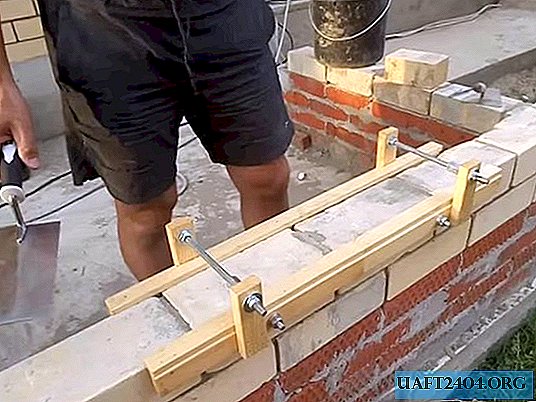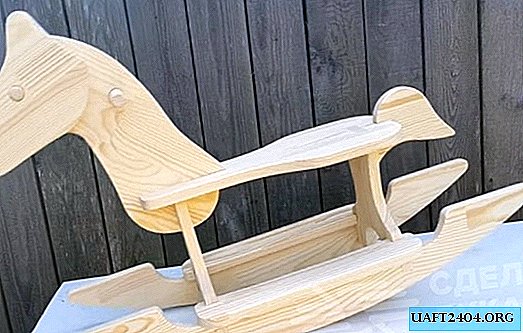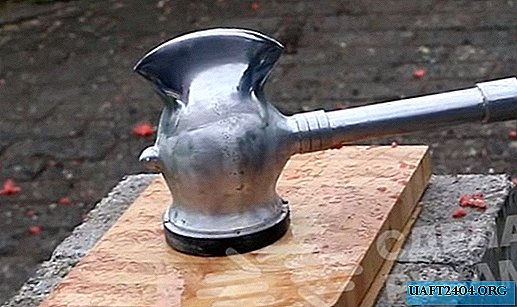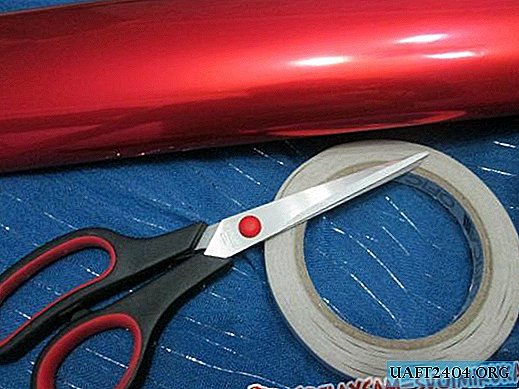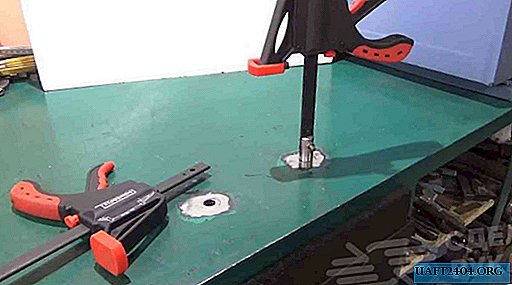Share
Pin
Tweet
Send
Share
Send
Therefore, getting rid of dirt and patching up crumbling areas, many people think about what to do next. After all, everything around is so smooth and beautiful, but in this place it is far from ideal. In this case, a decorative grill comes to the rescue.
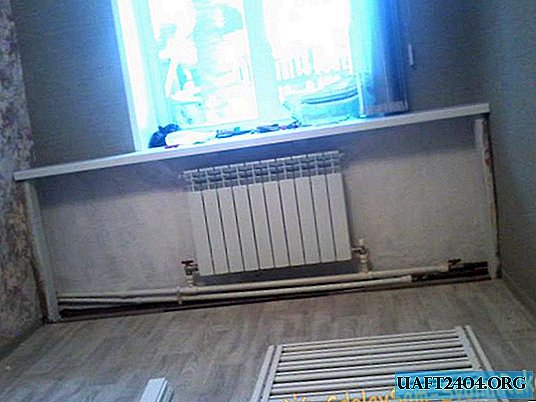
There are several advantages to this solution:
- Excellent appearance of the finished structure,
- Cheap and easy to assemble
- Possibility of quick dismantling if necessary.
In addition, this work does not require special skills and expensive equipment. You only need the following tools: tape measure, pencil, square, jigsaw or hacksaw for wood, electric drill, hammer.
The assembly of a decorative lattice can be divided into several stages:
1. Calculation and purchase of materials,
2. Preparation of all constituent elements,
3. Assembly of the structure,
4. Installation of a decorative lattice into place.
Typically, a decorative grill is a kind of ordinary fence of short vertical battens connected by two long horizontal ones. It is usually mounted under the windowsill, without being firmly attached to anything.
Material preparation
The main element of the grille is a decorative rail, the front side of which does not require further decoration. There are many types and types of such rails: from plastic fillets to wooden boards of various widths. A good option would be to use a conventional door clerk.
Moreover, there is absolutely nothing to be wasted on wooden or veneered samples, the most inexpensive narrow panels made of pressed cardboard will be quite appropriate. Their width, most likely, will be 6 cm, and the standard length of the coffin is 220 cm. As for the colors, then the choice is limited only by the imagination of the designer.
Knowing the dimensions of the space enclosed by the grill, it is not difficult to calculate the number of necessary panels. It is only necessary to take into account that the gap between the rails is usually half of their width. In addition, you will need a narrow wooden block, approximately 20 by 20 mm, the length of which will be equal to the length of the entire lattice.
Cut the rails to the desired length
Unfortunately, it is almost impossible to do without waste, because it is unlikely that the length of the panels will be a multiple of the length of the required rails. In addition, to make the grid seamless throughout the entire locked space is useless, and inconvenient. Therefore, it usually consists of several spans.
This is the trick. After all, the span width can be calculated so that the remains of the panels are sent to the horizontal connecting strips. For example, the vertical slats should be 80 cm, which means that after sawing off two pieces from a standard clerk, the master will receive a piece 60 cm long. That's about the same width and you need to make spans of the decorative grill.
The length of the vertical slats should be slightly less than the distance from the floor to the windowsill, so that the lattice freely but firmly fits under its front bend and rests on the floor.
Assembly of decorative grilles
After sawing rails on one span, you can proceed to its assembly and installation. This procedure will allow you to see the errors, if any, as well as work out the technology. Thus, taking into account the discovered flaws, the remaining spans of the lattice will be sawn and assembled faster and more accurately.
It is more convenient and reliable to connect the parts of the grill from the inside, using self-tapping screws and a screwdriver. And if a screwdriver or drill is not available, an ordinary screwdriver suitable for a self-tapping screw will help. If only the length of the screws was not excessive.




In the assembly process, the square will not hurt, with its help you can observe all the necessary angles, and two small trim of the opanel, inserted between the rails, will provide the same gaps.
Design installation
For mounting the grate, only one fastener is required - a narrow wooden block. This bar must be screwed from below to the window sill, leaving a gap between it and the front bend of the window sill, equal to twice the thickness of the rail used.


Spans of the decorative lattice will be inserted from below into this gap and abut against the floor, so that the lattice will be more or less rigidly fixed. At the same time, dismantling the decorative structure will not be a problem.
Share
Pin
Tweet
Send
Share
Send

